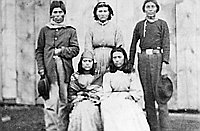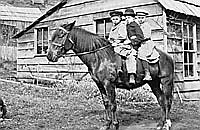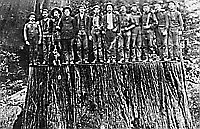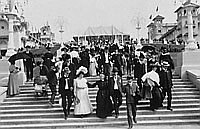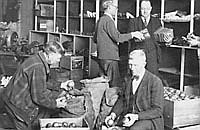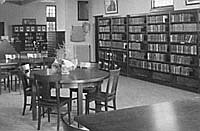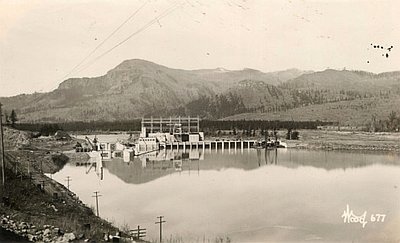If “livability” has descriptive meaning to modern Oregon, it is linked closely to other reforms associated with the McCall administration. In 1971, the legislature passed the Beverage Container Act—known as the Bottle Bill—which required minimum deposits on glass and aluminum beer and soft-drink containers and brought national recognition to the state. During McCall’s governorship—and with the support of Secretary of State Robert Straub—the legislature enacted the Oregon Beach bill in 1967, which reasserted public ownership of Oregon’s coastal beaches.
Mark Hatfield, who had moved to the U.S. Senate in 1966 after two terms as governor, had opened a statewide dialogue about livability earlier in the decade when he spoke out against speculators and developers who were befouling Oregon's landscape. When the Lincoln County Chamber of Commerce began touting the ticky-tacky stretch of U.S. Highway 101 through the county as the “Twenty Miracle Miles,” Hatfield remarked that “Twenty Miserable Miles” would be a more fitting description.
The capstone to Oregon’s environmental reform agenda of the 1970s was Senate Bill 100, signed into law in 1973. Governor McCall and two state senators—liberal Democrat Ted Hallock from Portland and Republican dairy farmer Hector McPherson from Linn County—led the legislative battle to successfully pass the nation’s most progressive land-use law. The measure was designed to control urban sprawl and protect agricultural and forest land. The Department of Land Conservation and Development was established to carry out the provisions of the law.
An educated and articulate agrarian, McPherson earned a reputation during the 1960s as a proponent for stiffer land-use regulations to protect farm and forest lands. “Visualize the alternative,” he advised in 1967, “a valley where neighbor encroaches upon neighbor, a land unproductive agriculturally where hunger and want must surely follow, a land defiled and unsightly, a monument to man’s greed and shortsightedness.” Elected to the state senate in 1970, McPherson was a lone voice in the legislature until he found kindred spirits in the governor’s office and in the person of Ted Hallock. With McCall skillfully working the Oregon public and McPherson and Hallock cultivating legislative support, the senate passed the bill by a vote of eighteen to ten and the house approved the measure without amendment.
Most historians agree that Senate Bill 100 is McCall’s most lasting legacy. Travel the length of the Willamette Valley, through the rich irrigated lands in central and eastern Oregon, or the great reclamation district in the Klamath Basin, and you will see contiguous agricultural lands and an absence of urban sprawl. Although there have been problems implementing statewide land-use planning and there has been some attrition, especially in Washington and Clackamas Counties, the state Department of Land Conservation and Development has mandated urban growth boundaries, protected farm and forest land, and preserved recreational and natural areas. The measure survived three initiative challenges in 1976, 1978, and 1982 and a more recent measure requiring state and local jurisdictions to compensate owners for land-use policies that restricted property use. The courts declared the last initiative unconstitutional on technical grounds.
© William G. Robbins, 2002. Updated and revised by OE Staff, 2014.
